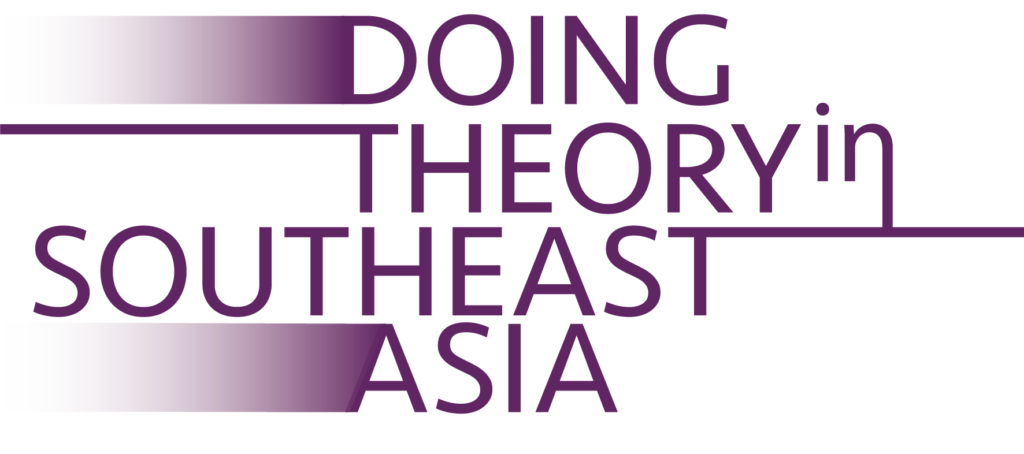Vincenz Serrano
Ateneo de Manila University
vserrano@ateneo.edu
I propose to examine Bienvenido Lumbera’s Ang Pagas na Lupain (1971)—his translation into Filipino of T.S. Eliot’s The Waste Land (1922)—from the vantage points of translation studies and postcolonial studies. Lumbera locates his translation—along with the efforts of other translators and poets during the mid-1960s to early 1970s—within a critical juncture in Philippine literary history: on the one hand, translations sought to bring to contemporaneity literary texts written in Filipino by imbuing them with the capacity to render urbanity, alienation, and other concerns of early to mid-20th century Euro-American modernism. On the other hand, the “impulse toward modernity” (Lumbera’s phrase) was challenged and superseded by an emerging national democratic movement whose aesthetics and politics turned away from Eliot’s polyvocalities, ambiguities, and ironies toward literary and political practices which were more in solidarity with writers and cultural workers in the global south. Taking my theoretical and methodological bearings from Lawrence Venuti’s hermeneutics of translation, in conjunction with approaches to postcoloniality and translation proposed by Robert J.C. Young, Susan Bassnett, and Harish Trivedi, I aim, firstly, to demonstrate the formal possibilities opened up by Ang Pagas na Lupain’s translational gestures. Secondly, I will situate Lumbera’s translation within the period immediately preceding Martial Law in the Philippines (1972): a moment in which, per Lumbera, the literary cosmopolitanism of the mid- to late 1960s was confronted by—in ways that were politically and aesthetically generative—the nationalism of the early 1970s. I aim to explore, using Ang Pagas na Lupain as my central text, the contact zone between postcolonial studies and translation studies, as situated in the context of a Philippines engaging, internally, with the imminent dictatorship of Ferdinand Marcos, and externally, with the prospects and problems of global modernity.
Vincenz Serrano finished his PhD at the University of Manchester (UK) and is currently an Associate Professor at the Department of English in Ateneo de Manila University. His article on the baroque historiography of the Nick Joaquin was published in UNITAS in 2018. His review of Jacob Edmond’s Make It the Same: Poetry in the Age of Global Media was published in Cha in 2020. His poetry books are The Collapse of What Separates Us (2010) and When a map is folded cities come closer, when clothes are unpacked cities fall apart (2016). He is the editor-in-chief of Kritika Kultura.
Day 1 (May 27, Thu HK/SG time)
Panel 1: Rethinking ‘Trans-’ and ‘Post-’
9:30-11:30am HK/SG / 2:30-4:30am BST / 3:30-5:30am CEST / 9:30-11:30pm EDT / 6:30-8:30pm PDT
